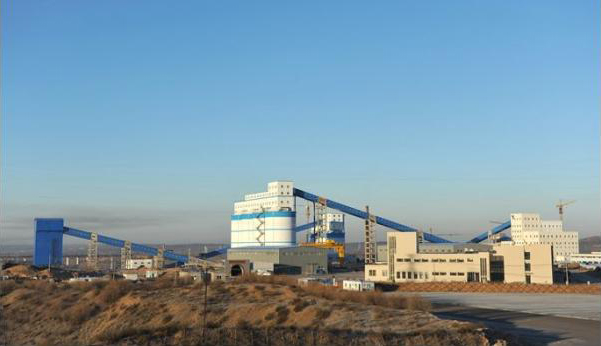The mining industry has always been an important industry for energy and resource consumption, and also an important source of greenhouse gas emissions. In the mining and production processes of mines, a large amount of waste air and waste heat resources are wasted, which not only has a negative impact on the environment but also leads to high energy costs. However, through the comprehensive utilization of waste air and waste heat resources, mines can achieve efficient utilization of energy and resources, reduce costs, and reduce environmental impacts.
In the mining industry, exhaust refers to the unused gases emitted during mining operations, typically including carbon dioxide, carbon monoxide, and nitrogen. Residual heat refers to the thermal energy generated in mining equipment, mine ventilation systems, and other processes, usually in the form of high temperatures.
Traditionally, the waste heat from exhaust air is regarded as waste in mines, which is directly discharged into the atmosphere or dissipated, resulting in serious waste of energy and resources. This not only increases energy costs, but also causes irreversible pollution and greenhouse gas emissions to the environment.
Comprehensive utilization plan for waste heat from exhaust air
Heat recovery system: The heat recovery system is a widely used comprehensive utilization scheme for waste air and waste heat in mines. These systems typically include heat exchangers for capturing and transferring heat energy. The heat exchanger transfers the heat energy from the exhaust air to the liquid or air, which can then be used to heat water or power in mines. These systems can greatly improve the energy efficiency of mining processes.

Greenhouse gas capture system: The exhaust wind usually contains a large amount of greenhouse gases, such as carbon dioxide and methane. Greenhouse gas capture systems can capture and convert these gases into useful products or safely release them into the atmosphere, thereby reducing greenhouse gas emissions.
Power generation equipment: Some mines can use waste heat from exhaust air to generate electricity. Heat energy is converted into electricity, providing renewable energy for mines and reducing dependence on traditional energy.
Device Selection Guide
Heat exchanger: Choosing a suitable heat exchanger is the key to the comprehensive utilization plan of exhaust air and waste heat. The selection of heat exchanger types should be based on the actual needs of the mine, including shell and tube heat exchangers, plate heat exchangers, and air preheaters. Considering the operating conditions and requirements of the mine, it is also necessary to select suitable materials to improve the durability of the equipment.
Greenhouse gas capture equipment: For greenhouse gas capture systems, the selection of appropriate equipment depends on the composition and concentration of greenhouse gases in the exhaust air. Typically, these devices include adsorbent beds, chemical adsorption devices, and membrane separation devices. Appropriate technologies should be selected based on specific circumstances to ensure efficient greenhouse gas capture.
Power generation equipment: If the mine plans to use exhaust heat for power generation, it is crucial to choose appropriate power generation equipment. This includes thermal generators, gas generators, and steam turbines. When selecting equipment, it is necessary to consider energy conversion efficiency, operating costs, and environmental performance.
The comprehensive utilization of exhaust heat not only helps to improve energy efficiency and reduce emissions, but also helps to achieve sustainable mining. With the continuous progress of technology and higher environmental requirements in the mining industry, the comprehensive utilization of waste heat from exhaust air will continue to play a greater role. In the future, we can look forward to seeing more innovative solutions to promote the sustainable development of the mining industry, leaving behind cleaner and healthier mineral resources for our planet and the next generation. Through the comprehensive utilization of exhaust heat, the mining industry is taking a solid step towards resource reuse and environmental protection, contributing to sustainable development. This is also the goal that the mining industry will continue to pursue in the future, in order to achieve more sustainable mining and a cleaner environment.







Comment